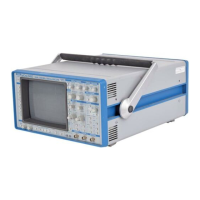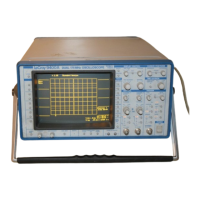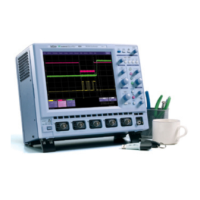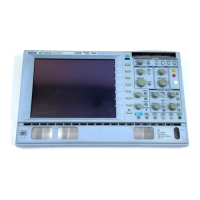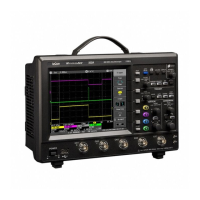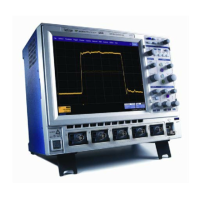2–1
2
Instrument
Architecture
General Designed Capabilities
Your oscilloscope is the newest
version of a series that set the
standard for monochrome DSOs
(Digital Storage Oscilloscopes).
Each of the scope’s channels has an
8-bit ADC (Analog–to–Digital Converter).
On the higher-range models, combining two channels doubles
the scope’s sampling rate. While on high-range, four-channel
models, combining all channels increases the original rate by
four times.
Processors The central microprocessor performs the scope’s computations and
controls its operation. A wide range of peripheral interfaces allow
remote control, storage and printing. A support processor constantly
monitors the front-panel controls, rapidly reconfiguring setups. Data
processing is also rapid, with data being transferred to the display
memory for direct waveform display or stored in the reference
memories (see below).
ADCs The instrument’s multiple-ADC architecture ensures absolute
amplitude and phase correlation, maximum ADC performance for
multi-channel acquisitions, large record lengths and excellent time
resolution.
Memories The copious acquisition memories simplify transient capture by
producing long waveform records that capture even when trigger-
timing or signal-speed is uncertain. Combining channels also
increases the acquisition memory length. There are four memories
for temporary storage, and four more for waveform zooming and
processing.
Note: Wherever a feature is specific to a particular model,
or not included with a model, it is indicated thus:
9314C ONLY, for example.
For the complete list of specifications for each
model, see the section on that model or its series in
Appendix A.
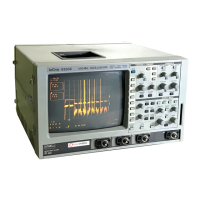
